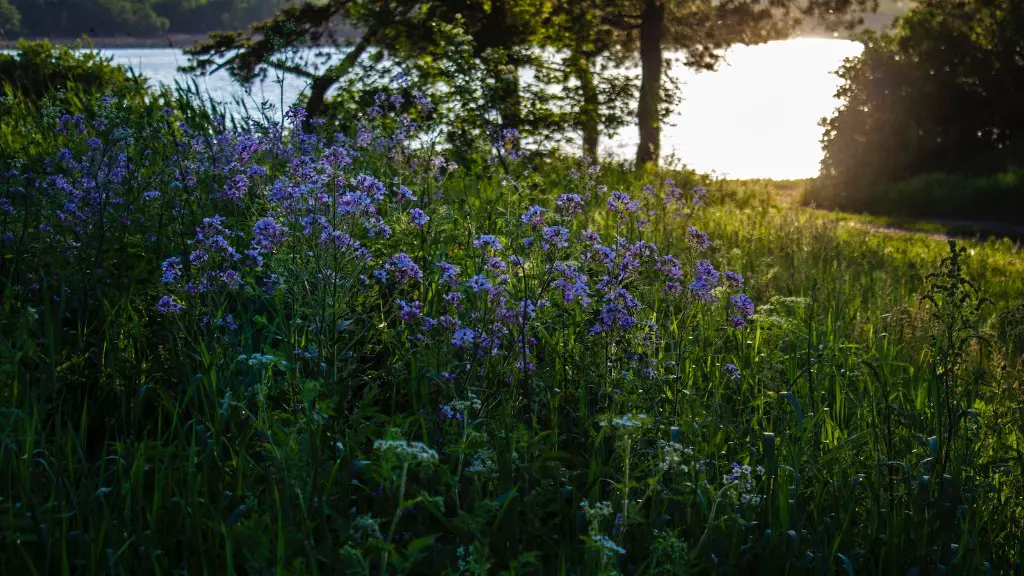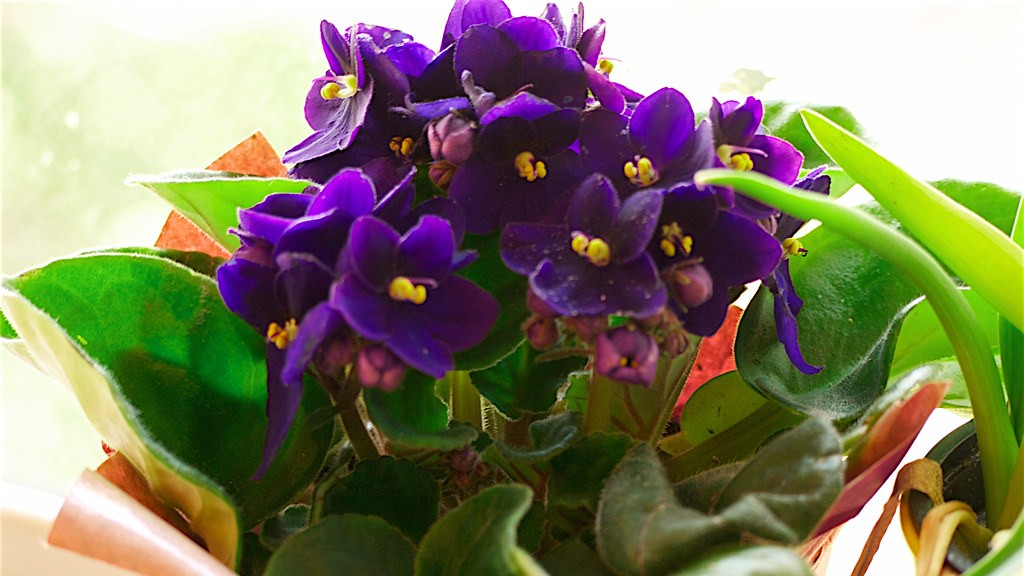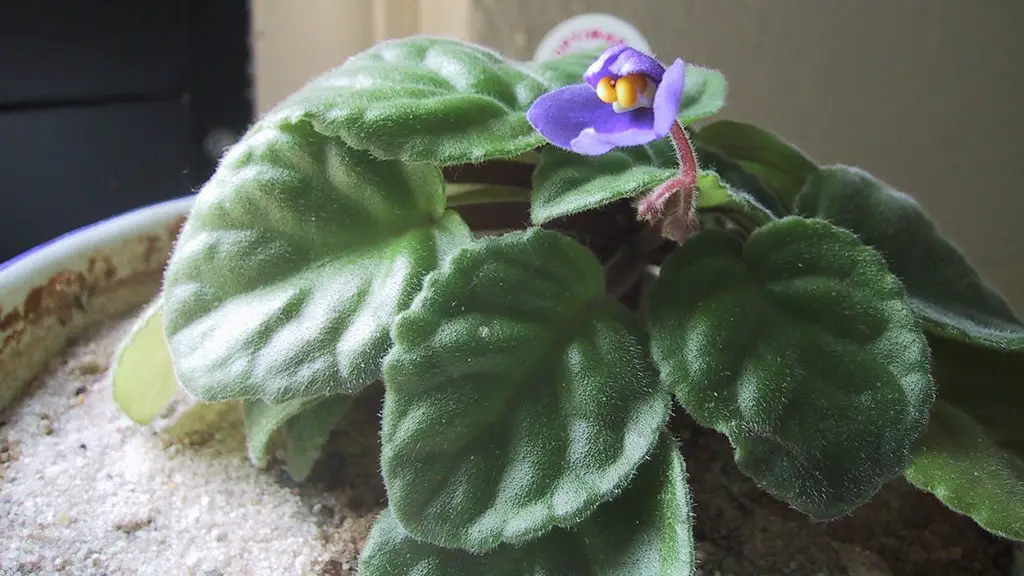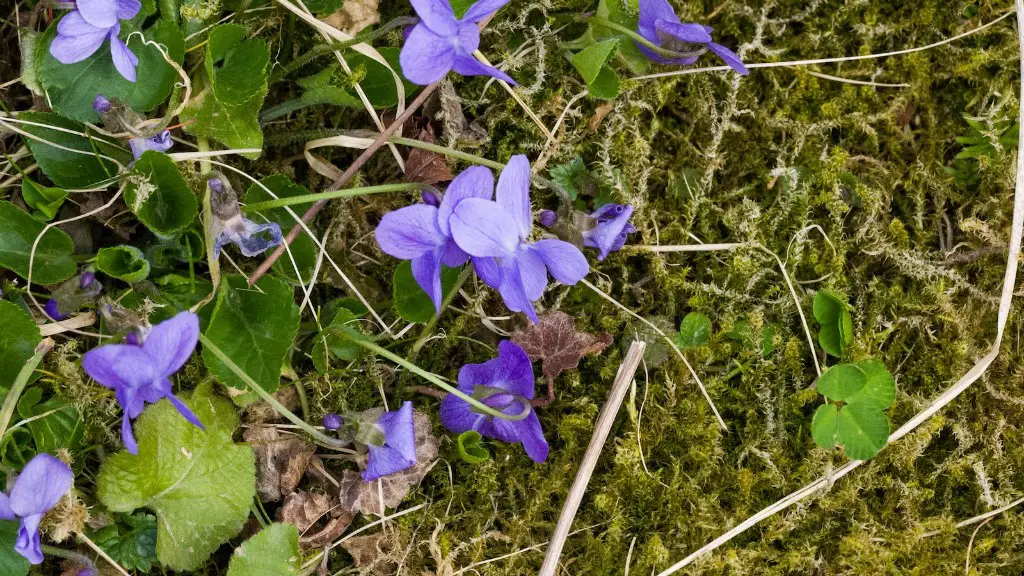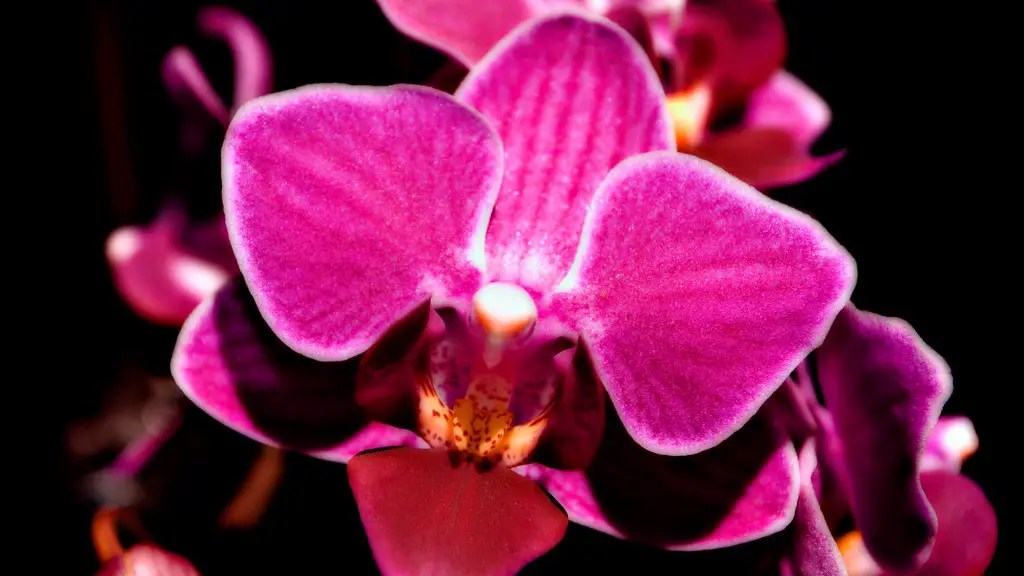African violets need to be watered regularly, about once a week. They should be kept moist, but not soggy. Over-watering can lead to root rot, so be sure to drain any excess water from the pot.
There is no one answer to this question as it can vary depending on the type of African violet you have, the potting mix you are using, the amount of light the plant is getting, the temperature, and the humidity. As a general rule of thumb, you should water your African violets when the soil feels dry to the touch.
How do I know if my African violet needs water?
The best guide to watering African violets is to feel the top of the soil. If it is dry to the touch, then it is time to water. African violets should be allowed to dry out between each watering for best results. Overwatering can kill a plant. The fine roots of an African violet need air, which cannot penetrate a soggy wet soil mass.
It is important to keep the soil moist to dry, and to allow the soil around the roots to dry out before watering in order to encourage blooming. Water from the bottom with room temperature water by placing the plastic grower’s pot in water, and allowing the plant to absorb the water (not more than 30 minutes).
Do African violets like to be misted
It is important to water African violets properly to avoid crown rot. Do not mist the foliage, as this can cause permanent leaf spotting. Use room-temperature water and water the plant at the base, being careful not to saturate the crown.
African violets are beautiful flowers that need indirect sunlight to thrive. Choose a north- or east- facing window to ensure your plants get the best possible light. Keep plants away from cold glass and rotate the pot once a week so all leaves receive light. In winter months, extend daylight by placing African violets under a grow light.
Can I water African violets with tap water?
If you are unsure about the quality of your tap water, it is best to err on the side of caution and use filtered or distilled water for your African violets. Chlorine levels can fluctuate depending on the season, and in some areas tap water may have high amounts of chlorine, chloramines, or dissolved solids. All of these things may adversely affect your African violets, so it is best to use filtered or distilled water if you are unsure about the quality of your tap water.
To clean African Violet leaves with liquid soap, fill a spray bottle with room temperature or tepid water and add a few drops of liquid soap. Spray the leaves with the soapy water and rub the top and bottom of the leaves with your fingers. Rinse the leaves with clean water and dry them with a soft cloth.
What do Overwatered African violets look like?
If your African Violet plant has been over-watered, the soil will retain too much water. This retention of water will cause the leaves and /or leaf stems to turn soft, limp or mushy. Over-watering can also cause the leaves to fall off the plant.
When watering your African violet, be sure to water the soil and not the leaves. Wetting the leaves can cause them to rot and fall off.
Do African violets like their leaves wet
Yes, you can definitely get African violet leaves without any problem at all. However, you must use a pot with a drainage hole in it so that the water can drain out properly. Otherwise, the leaves will rot and the plant will die.
If you want your plants to have the best color and blooms, grow them in bright, indirect light. An ideal location for a plant stand is three feet away from a west- or south-facing window. Plants will still grow when situated right beside north- or east-facing windows, but leaves will be thin and spindly, and plants less likely to bloom.
How long do African violets live?
Repotting African violets is important for their long lifespan. They can last up to 50 years, so it’s crucial to keep them healthy. Remember to check the roots every few years and repot them when necessary.
African violets need bright, indirect light in order to bloom. A site near an east or north window is often a good location. If a suitable window isn’t available, place African violets under a fluorescent light fixture containing two 40-watt fluorescent tubes.
Do African violets need bigger pots
African violets do best when they are slightly pot-bound, so choose a pot that’s on the smaller side. A professional tip is to choose a pot that is 3-4 inches in diameter for a standard African violet plant.
African violets need a consistent amount of fertilizer to stay healthy throughout the year. During the spring and summer, you should fertilize your African violets once every 14 days. In the fall and winter, you shouldn’t fertilize the plant at all to prevent over-fertilizing.
Why do you water African violets from the bottom?
To ensure your African Violet’s roots have proper aeration, it is key to keep them moderately moist but never soggy. Watering from the bottom so they can soak the water up, over the course of an hour or so, will also help to keep water out of the crown of the plant. Violets also like warmer water, around 70 degrees.
Coffee is a great way to water plants that prefer more acidic soil. African violets, impatiens, Norfolk Island pines, phalaenopsis orchids, and dieffenbachia all seem to respond well to a weekly watering with coffee.
Conclusion
Your African violets will need to be watered about once a week, or when the soil feels dry to the touch.
Most African violet growers keep their plants on a schedule of watering every 5 to 7 days. With this schedule, the plants will be kept evenly moist, but not so wet that they start to develop rot.
